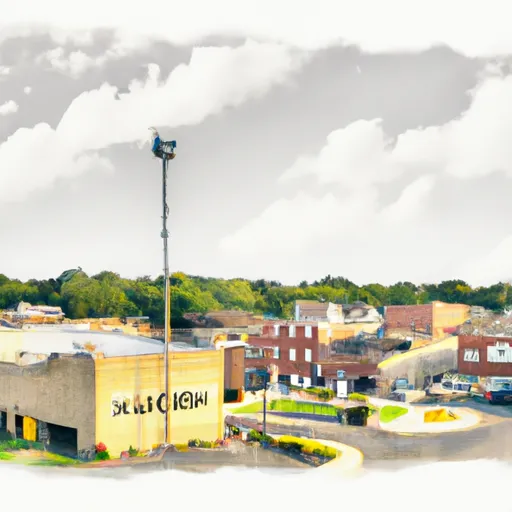°F
°F
mph
Windspeed
%
Humidity











Gibson, Iowa is a small town located in eastern Iowa with a population of around 60 people. The climate in Gibson is considered humid continental, with hot summers and cold winters. The town is located near the Iowa River, which is a major hydrology constituent in the area. Outdoor recreation opportunities in the area include fishing, hunting, hiking, and camping. The Iowa River is known for its excellent fishing, with a variety of fish species available. There are also several parks and nature preserves in the surrounding area, including the Hawkeye Wildlife Management Area and the Coralville Reservoir. Overall, Gibson offers a peaceful and scenic location for those who enjoy outdoor activities.
Weather Forecast
Gibson receives approximately 919mm of rain per year, with humidity levels near 83% and air temperatures averaging around 10°C. Gibson has a plant hardyness factor of 5, meaning plants and agriculture in this region thrive during a short period during spring and early summer. Most plants will die off during the colder winter months.
Regional Streamflow Levels
45
Cubic Feet Per Second
5
Cubic Feet Per Second
111
Cubic Feet Per Second
51
Cubic Feet Per Second
Nearby Camping
| Camping Area | Reservations | Toilets | Showers |
|---|---|---|---|
| Bidwell Point - Norfolk Lake | |||
| Panther Bay - Norfolk Lake | |||
| Quarry Cove - Norfolk Lake | |||
| Robinson Point - Norfolk Lake | |||
| Jordan - Norfolk Lake | |||
| Lakeview - Bull Shoals Lake |



